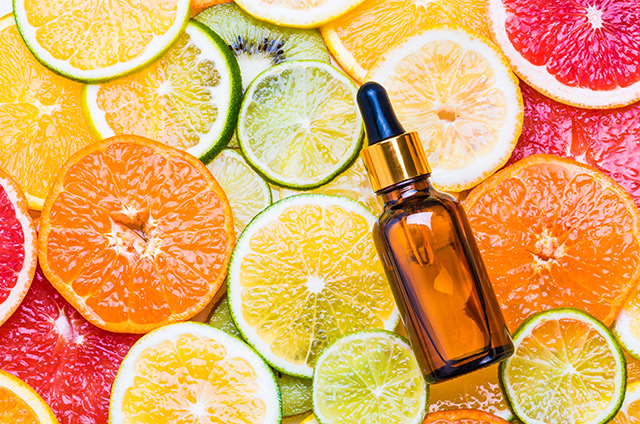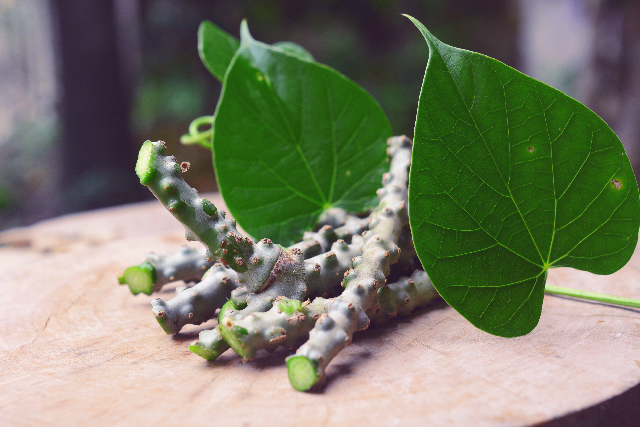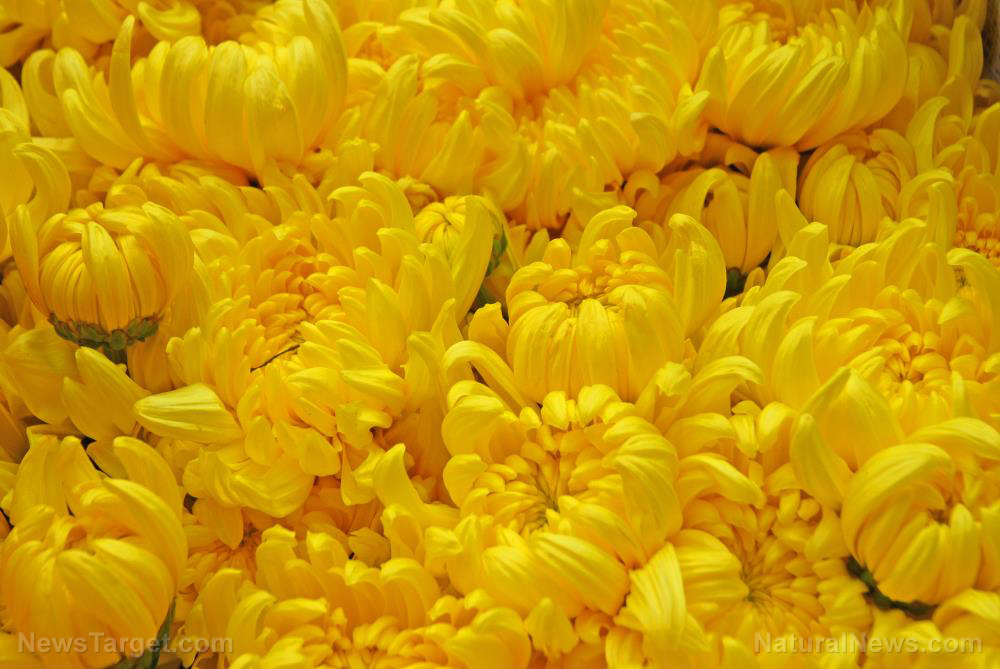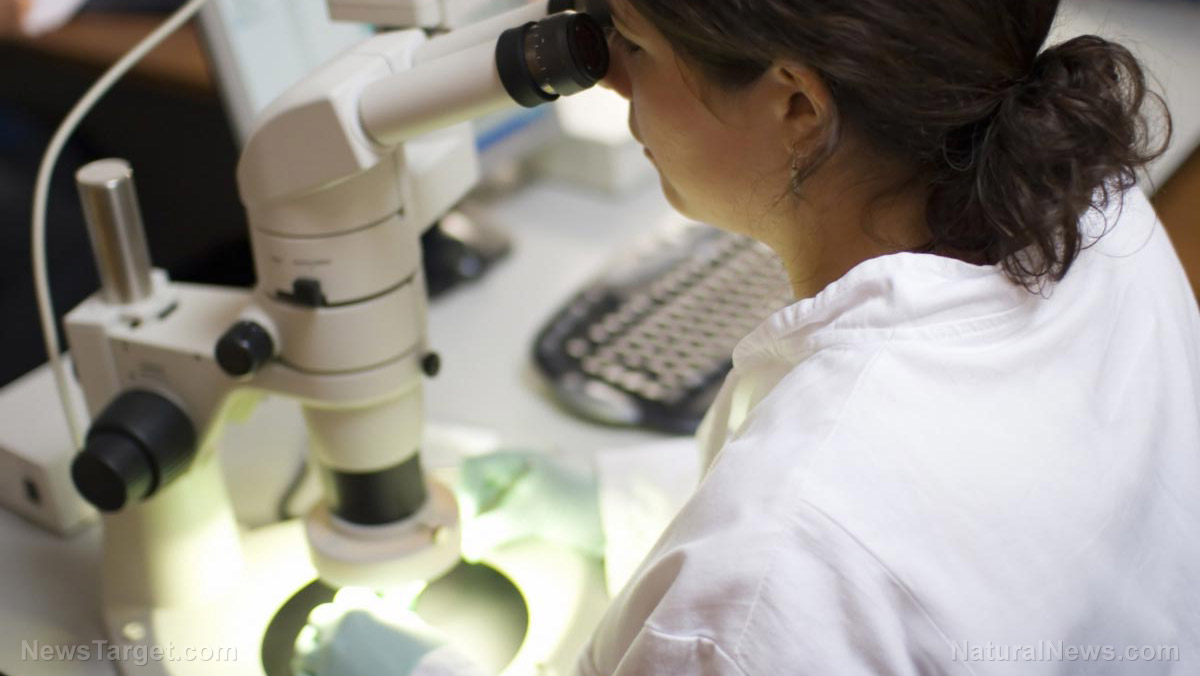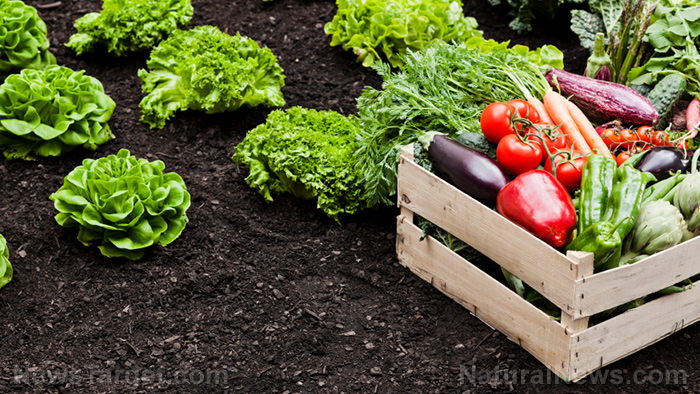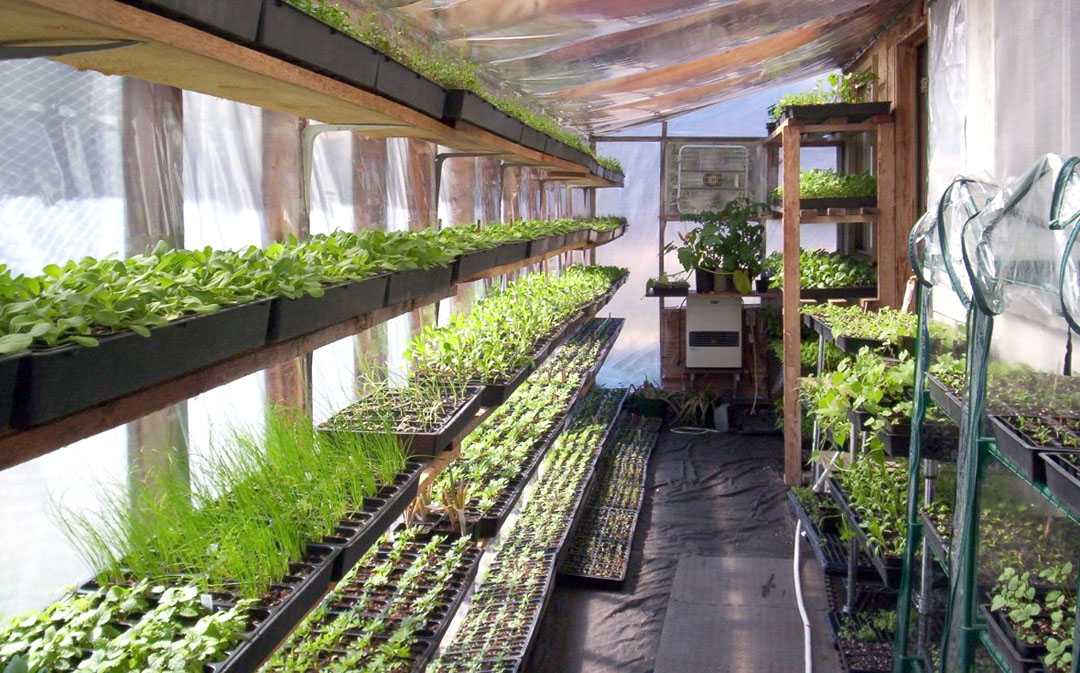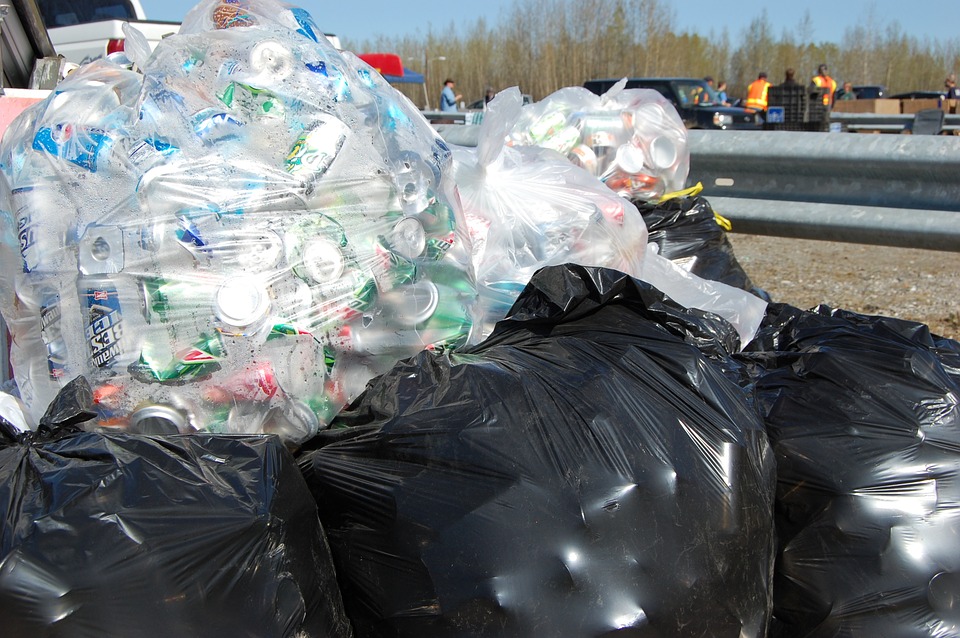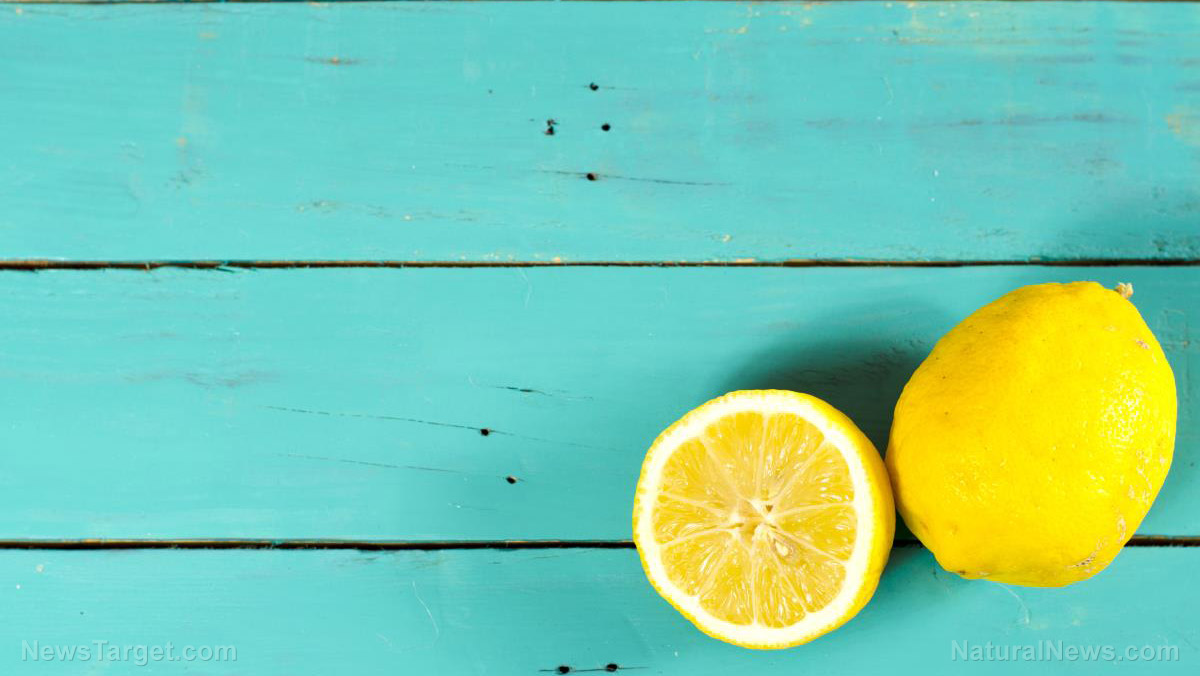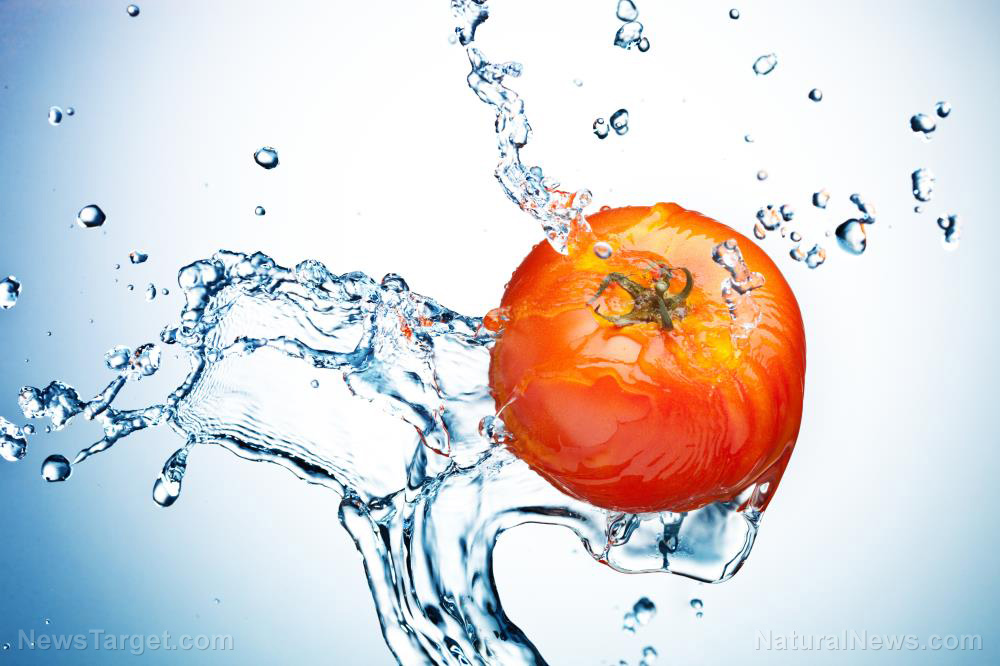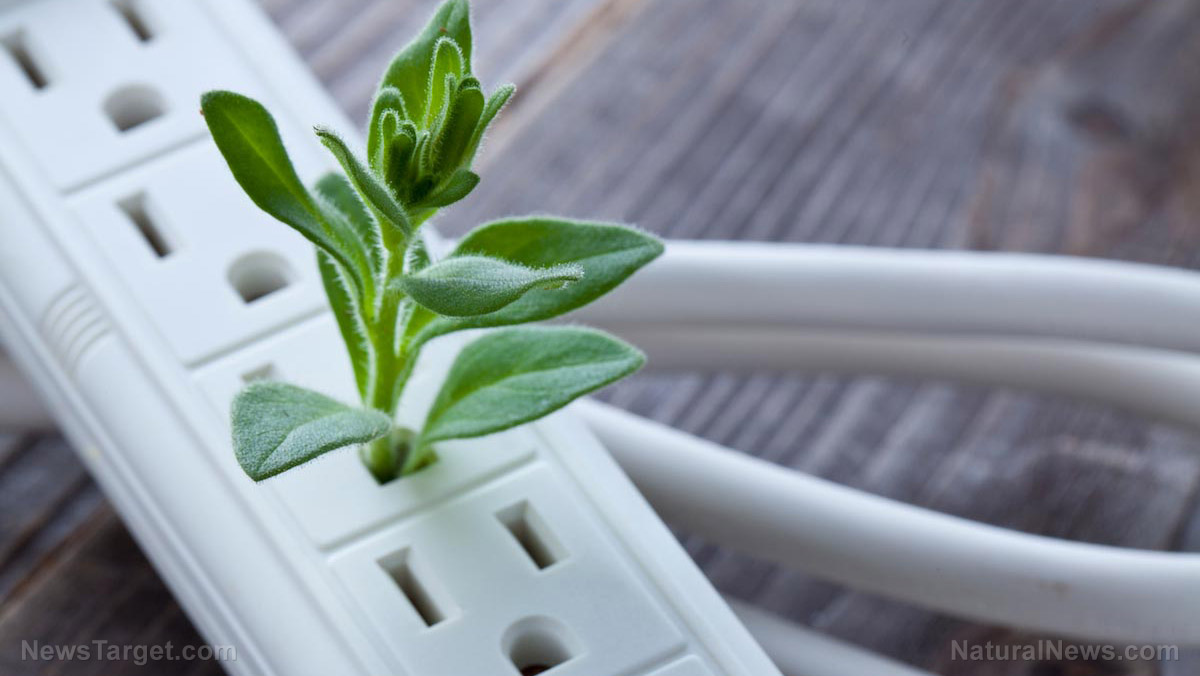Tips for self-sufficient living on a small homestead
11/27/2018 / By RJ Jhonson

In homesteading, most preppers place an emphasis on being ready to bug in, in case of a natural disaster. While this is well and good, self-reliance should be just as much of a goal as prepping for the worst, even if what you have is a fairly small homestead.
The goal is to be as self-reliant as possible, where you produce, process, and store your own food. If done right, even a small homestead can give you enough resources to last you through most natural disasters. (h/t to MDCreekMore.com.)
Start with a survival workshop
Even without SHTF, learning to use tools is a necessary life skill. You can’t always depend on someone to fix whatever breaks in your homestead, especially in the case of a long-term disaster. Naturally, this means having to procure the right tools as well. You may need to spend some money, but consider it a worthy investment that will benefit you much in the long run.
You can approach local businesses that specialize in the skills you want to learn and offer to help for free in exchange for instruction. Most business owners would welcome the offer if you can assure them that you’re really just trying to learn, not become their competitor later on.
Build your garden
There are many ways to go about a prepper’s garden and the right one will depend on factors such as your needs and the type of growing environment your area offers. In any case, the basics remain the same – plant, nurture, harvest, and eat.
As a prepper, your goal for your garden must be to grow as much produce in as little space as possible while putting in minimum effort. Keep in mind that when SHTF, you may no longer have time to tend to your garden. A good idea is to keep a thick layer of mulch on your garden at all times. This keeps weeds at bay and nourishes the soil as the mulch rots. Just keep replacing the mulch once it has decayed into the soil. (Related: Important things to consider when building your new homestead.)
Now you may want to keep your garden hidden from people who are interested in your produce. Here are tips for concealing your garden:
- Guerrilla gardening – This technique is used by marijuana farmers who want to hide their plants from the law. You can use the techniques they used to hide your food-bearing crops.
- Secret grow rooms – This requires a garage or outbuilding that you will convert into a greenhouse. From the outside, it needs to look like an ordinary building that does not betray the garden inside.
- Forest garden – The idea is to find a hidden, sunny, and well-drained place where you can plant. A forest garden is much like a forest in that it gives you produce but requires very little maintenance. However, be sure to not leave trails leading to it to avoid potential robbers.
- Gardening nomad – Plant small gardens throughout the countryside. That way, you’ll have food even if you do decide to move around.
- Three sisters of the Cherokee – This is composed of corn, squash, and beans. You plant them in a circle with the corn at the center. The beans are planted around the corn and the squash around the beans. Done right, these three plants work together and act like a self-maintaining ecosystem.
Perennial herbs regrow every spring and make for a great investment. You can also plant berries, nuts, and fruits as they tend to be low-maintenance but provide high returns.
Keep domestic animals
As with your garden, you’d want domestic animals that you won’t have to care for that much. Here are some of the best animals to keep in your homestead:
- Chickens – These hardy birds are a good source of meat and eggs. You can invest in a coop or you can have your chickens free-range. If you choose the latter, keep in mind that chickens have a lot of predators, so you will need to invest in protection for them.
- Ducks – These birds are smarter and can forage for food better than chickens. You won’t need a large pond for your ducks – a small kiddie pool-sized space will do.
- Rabbits – These animals make for a good source of meat and all you’ll need are grass clippings, unused produce, salt, and fresh water.
- Larger animals – Cows are great if you have enough space around your homestead for such large animals. Goats are great, too, and like cows, will forage on their own when left alone. However, goats tend to eat anything, even your garden, so you’ll need to take extra steps against this.
- Bees – These insects will provide you with a steady supply of honey if managed properly. Be sure to talk to an experienced beekeeper for pointers when starting out.
Start living the sustainable life – learn more at Homesteading.news.
Sources include:
Tagged Under: green living, Homestead, livestock, off the grid, preparedness, prepper, prepping, self sufficiency, self-reliance, survival, survival garden, survivalist, sustainable living

